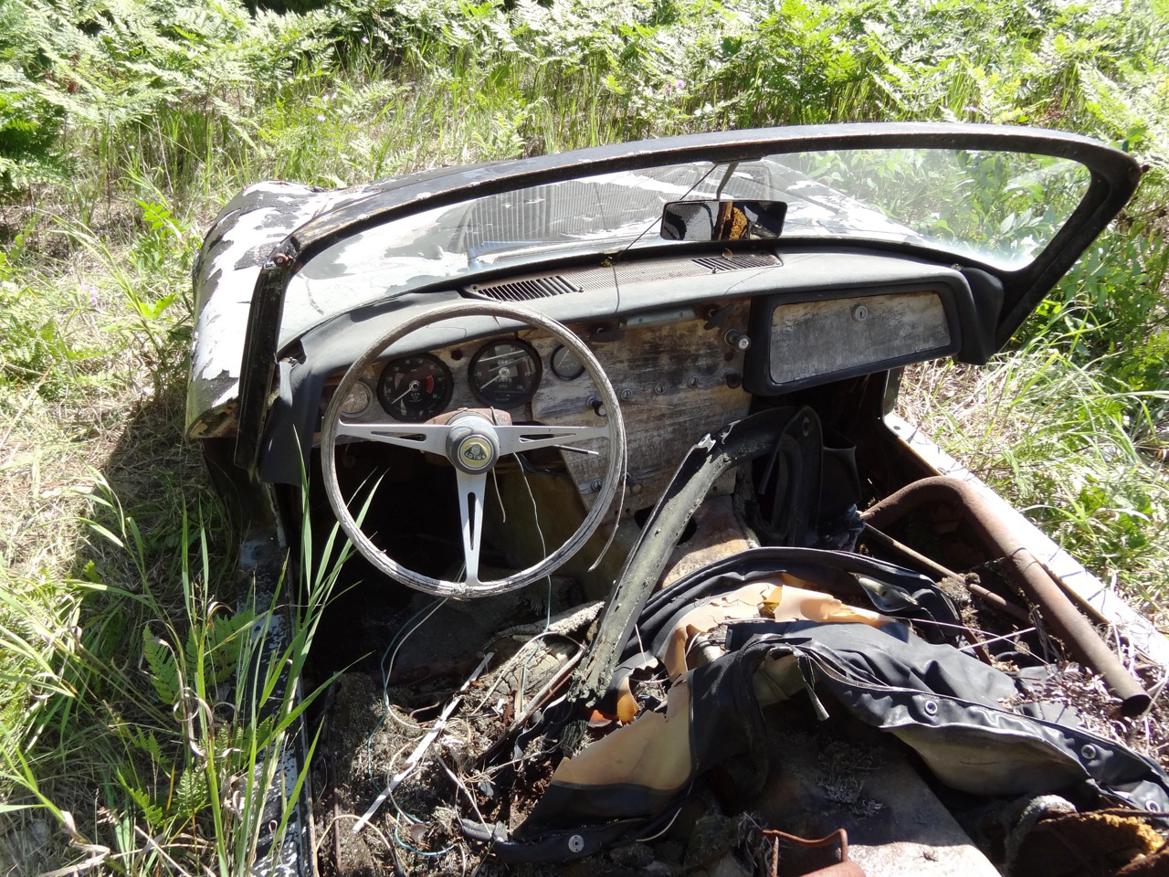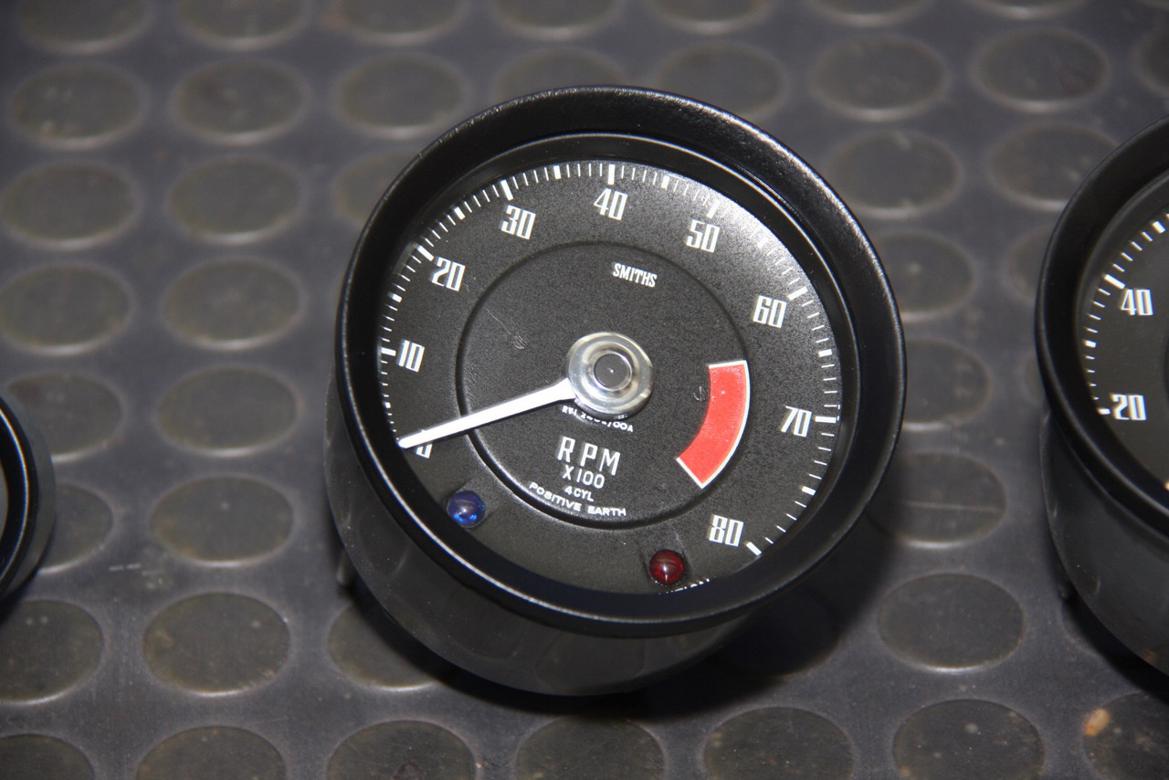An article on how they renew these gauges would be cool.




When we first retrieved our project Lotus Elan from that field in Michigan, we noticed immediately that somehow, the original gauges were still in the car, and while in terrible condition, they looked like they might be able to be saved.
Ever since we have gotten to know the folks at Nisonger, we just don’t fool with gauges on our British project cars anymore.
These guys have not only the parts to rebuild almost any Smiths or Jaeger gauges, they also have huge amounts of knowledge. Their attention to detail leaves you confident—even when taking your car on to the concours field at Amelia Island.
We photographed the gauges to show you how bad they were and have a photographic record of what we sent. We have never had a problem with Nisonger losing anything, but we always take detailed pictures of anything we send out.
As expected, when our gauges returned they were perfect. Nisonger not only restores the gauges cosmetically, but cleans, lubricates, repairs as needed and then tests to make sure the gauges are working properly. Nisonger will always allow you the option of leaving your odometer where it is, or returning it to zero (or any other mileage for that matter).
Our odometer was at 63,000, so we left it there. We presume that is original mileage since the car sat in a field for 38 years.
Nisonger also has a service procedure and various parts needed to regain speedometer accuracy once you get the gauge back in the car.
Get all the latest Classic Motorsports project car news in your mailbox six times a year. Subscribe now.
Good call on the 'before' photographs. I had an issue with one of my gauges from Nisonger. It came back dirty on the face and glass. They denied everything until I was able to produce a recent dashboard photo showing the gauge, perfectly clean. They made good on their promise to clean it up.
Those folks really do good work ! Considering what they started with, nice job . . .
More than once I've attempted to restore a car, finished up all of the "smalls" and completely lost interest in tackling the larger items.
Be careful there or you'll end up with a handful of boxes full of wonderful little restored treasures and a big 'ol rusted hulk waiting for body panels and frame re-construction. I've done this myself with two MGAs and two 356s.
In reply to TeamEvil: They're pretty far along with the body and the powertrain is done. They have a firm deadline to compete at Amelia Island next year. I don't believe there's any chance they'll end up with boxes of nice bits.
Just dropped the engine and trans into the chassis. Brake lines, E-brake, driveshaft are all done now too. Really starting to look like a real car again. While I have put a lot of time in, it hasn't seemed that impossible. Then when I look through photos from where we started I just shutter.
And yes, I am working on a separate article on gauge restoration.
Went back and looked again at the pics of the gauges, the leading edges of the bezels on the larger ones look a bit "bumpy" almost pitted. Is this the paint, the metal surface beneath or, hopefully, just the photo?
Makes me want to grab them up and sand them down a bit more, maybe even fill with some JB Weld and bring them back up again.
Just wondering, especially considering the reputation of the folks who restored them for you and my being a Detail Nazi when it comes to the "smalls."
I see no mention of what the costs look like on gauge rebuilding, what kinda expense range is one looking at on this?
I know it will likely depend on condition of what you send them, but any idea helps.
might need to send in my bugeye stuff
Tim, every time you look at the dash and see "Positive Earth" you'll be able to say to yourself, "Yup, that's about where we started...."
Displaying 1-10 of 10 commentsView all comments on the CMS forums
You'll need to log in to post.